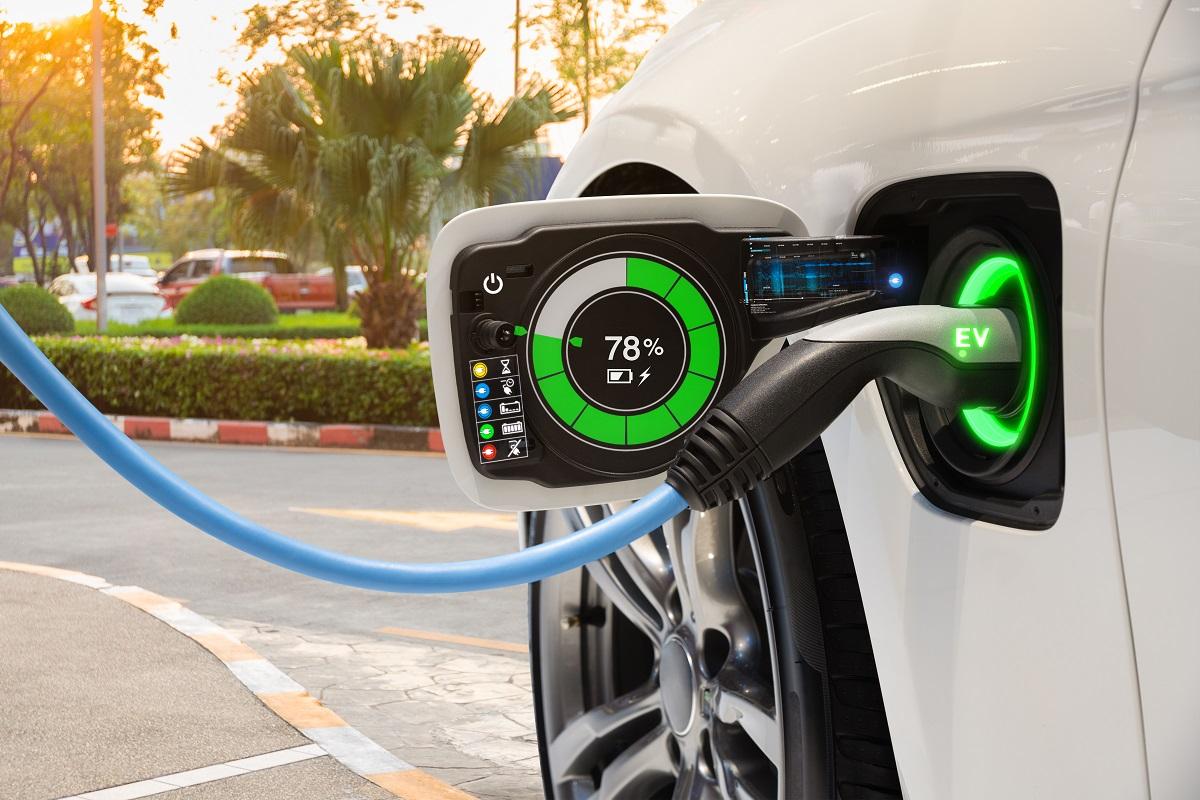As the market for electric vehicles (EVs) continues to grow, cities are working to keep up with the demand for more charging stations. More than 30 cities in the US currently have over 250 EVs on the road, and there are over 28,000 chargers in public locations nationwide.
Adopting electric transport is one way that cities can address some issues. It helps reduce carbon emissions, which contribute to global warming, and it also reduces local air pollution.
Here are some of the ways cities are adopting EVs to urban infrastructure:
City-owned Vehicles
The city of Austin, Texas converted most of its municipal fleet — including police cruisers — to electric last year. California’s Santa Monica and Palo Alto have been using electric vehicles since the 1990s, and a number of other major cities followed suit soon after that.
Electric Buses
It may be a while before all of us are zipping around town in EVs, but it’s already happening in some places. The city of Shenzhen, China, has become the world’s first to deploy an all-electric bus fleet — 16,000 strong. It’s just one example of how China is leading the way when it comes to mass transit EVs; it now accounts for 99 percent of all-electric buses worldwide.

Charging Stations
In Boston, all new commercial buildings must include an EV charging station. In San Francisco, the city installed a network of charging ports along popular routes for commuters. Seattle has been experimenting with wireless induction pads for charging cars parked on city streets.
Special Lanes
Los Angeles has set aside lanes for electric buses only, and some cities also designate lanes for low-emission cars or hybrids during certain hours of heavy traffic.
Policies
In addition to improving EV infrastructure, cities also need to adapt their policies and regulations around electric vehicles. For example, some cities are looking into implementing procedures that would require new homes and businesses built within city limits to have charging ports installed in garages or parking lots so they can be easily accessible when people move in or open up shop.
